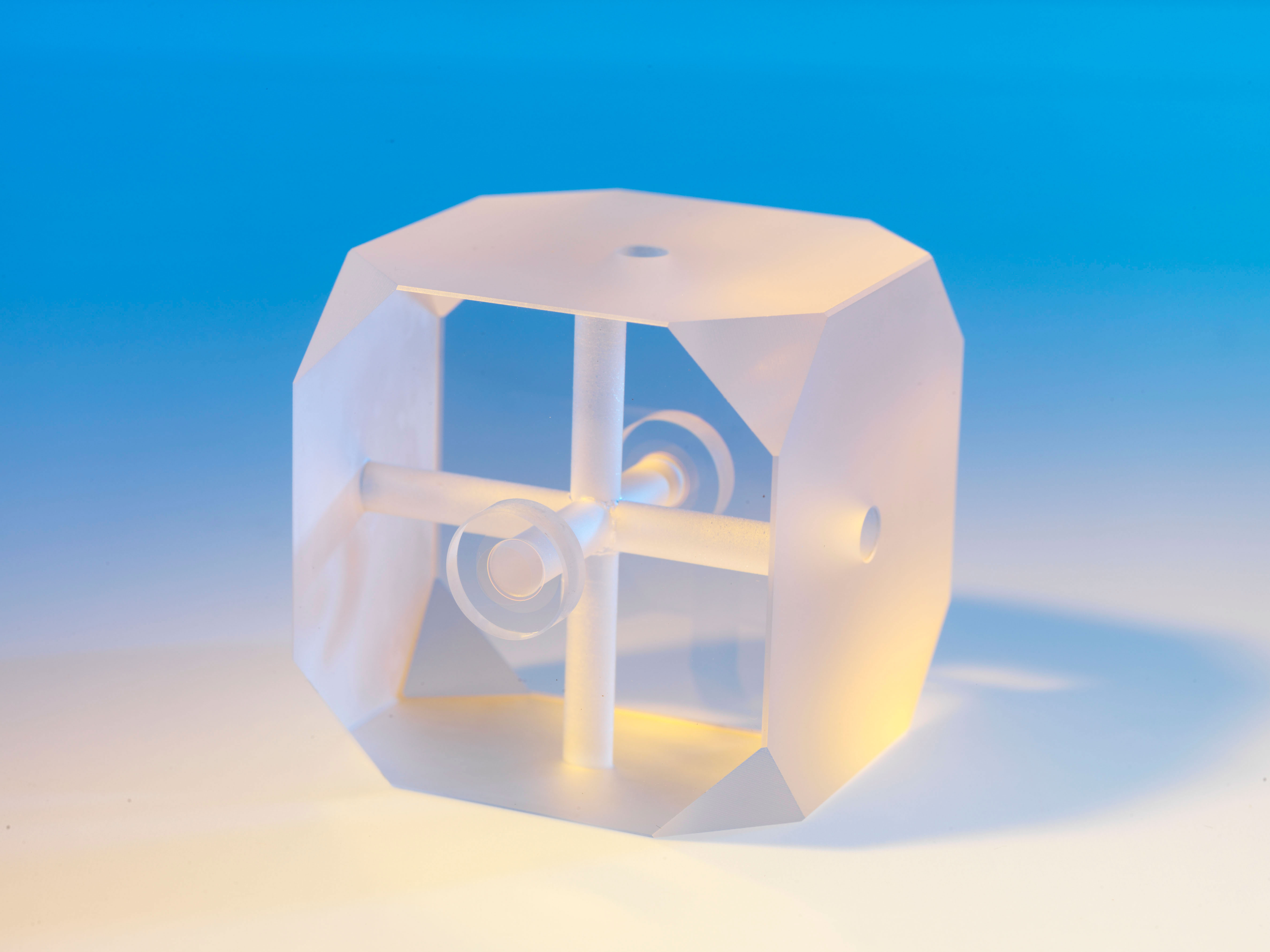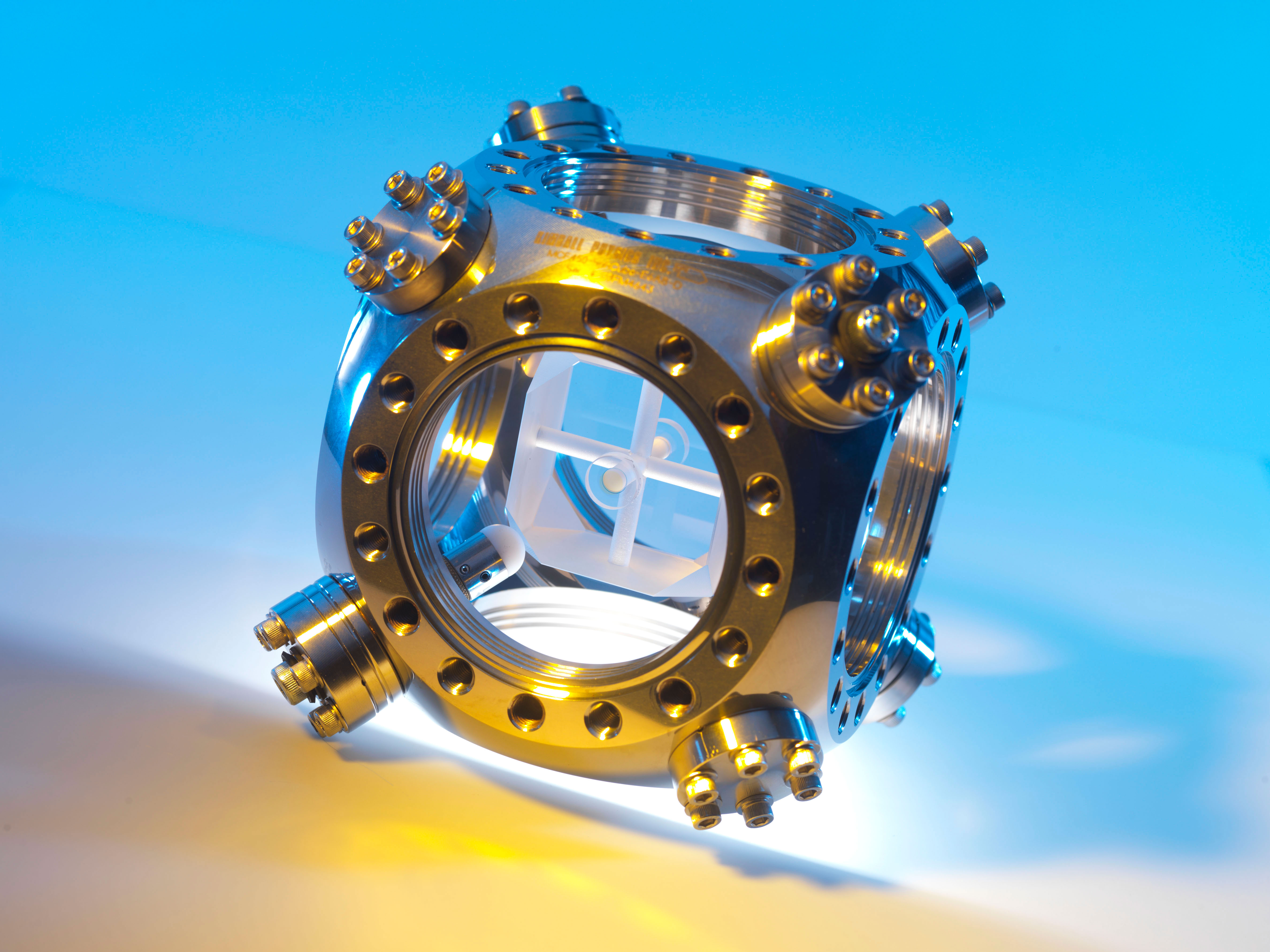Compact atomic clocks have applications in 5G telecommunications infrastructure, power grid management systems and high frequency financial trading. Local microwave-based precision atomic clocks with extended holdover durations wil l also provide improved timing and synchronisation capability to critical national infrastructure services during periods of accidental or intentional GNSS outages.
l also provide improved timing and synchronisation capability to critical national infrastructure services during periods of accidental or intentional GNSS outages.
Space-based optical clocks will also ultimately lead to a better understanding of some areas of fundamental physics by, for example, looking for possible anisotropy in the speed of light. The application of optical clocks to relativistic geodesy was recently demonstrated in a comparison between transportable optical clocks in the Fréjus tunnel near the France–Italy border by an NPL-led consortium that was used to determine the gravitational potential difference between the two locations.
We are currently working with industrial partners in the UK to develop leading-edge portable precision atomic clocks to be installed in future defence systems, enabling a variety of new and emerging applications, such as precise timing and navigation in GNSS-denied environments, efficient data network and communication synchronisation and improved radar systems.
NPL has developed several compact microwave atomic clock prototypes, which range from 20 – 75 cms in size, using a variety of atomic and ionic species, demonstrating compact timing references with fractional frequency stabilities in the region of a few parts in 1011 to 1013 at 1,000 seconds.
fractional frequency stabilities in the region of a few parts in 1011 to 1013 at 1,000 seconds.
We have long-standing experience in the development of ultra-stable lasers and high-accuracy cold atom and ion microwave and optical clocks. Our laboratory based cold atom and ion optical clocks have demonstrated accuracies in the region of a few parts in 1017 to few in 1018. As part of a programme to develop compact optical clocks, NPL has designed a novel cubic cavity that has a very low sensitivity to vibration (<2 x 10-11/g).
NPL has been working with UK and European consortia over several years; for example, participating in the second Space Optical Clocks project to develop a transportable lattice clock. We are currently priming an ESA-funded project to develop a 'Clock Control Unit' for the cooling and clear-out lasers in a strontium lattice clock that is based on the NPL patented cubic cavity. We are also working with groups at Birmingham and Sussex to develop compact strontium lattice and calcium ion clocks.
Holdover Atomic Clock Landscape Review
Optical reference cavity for space applications
Our research and measurement solutions support innovation and product development. We work with companies to deliver business advantage and commercial success.
Contact our Customer Services team on +44 20 8943 7070